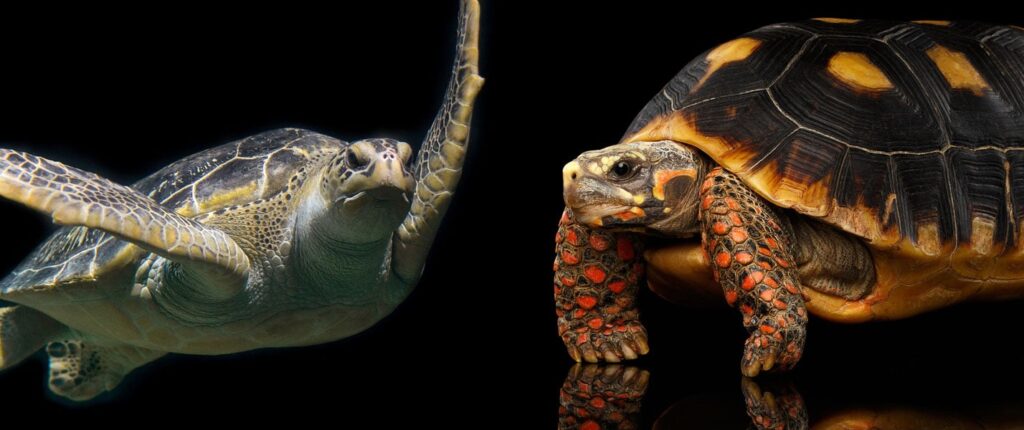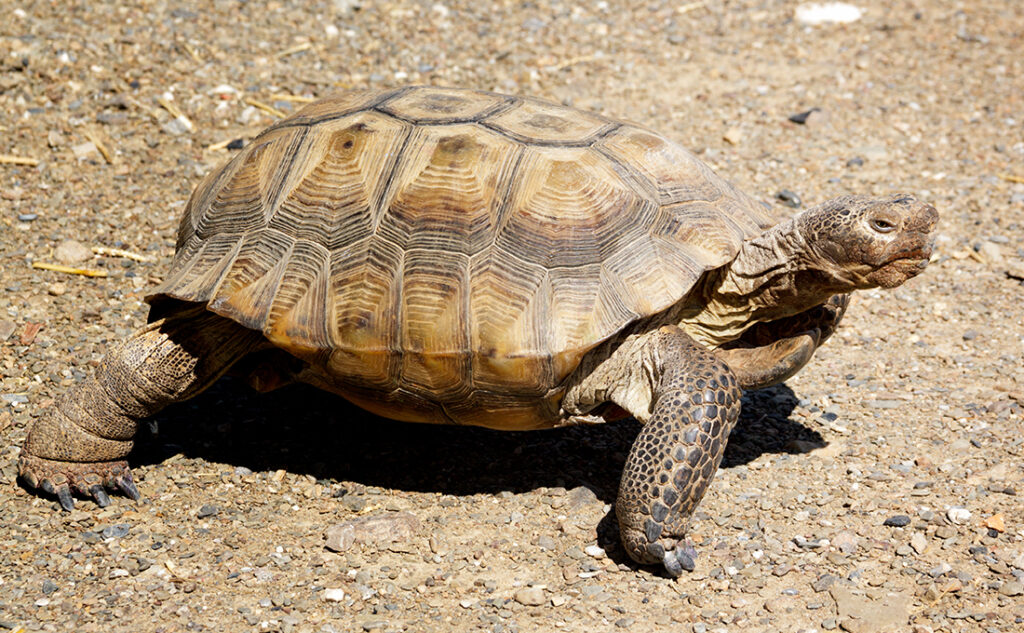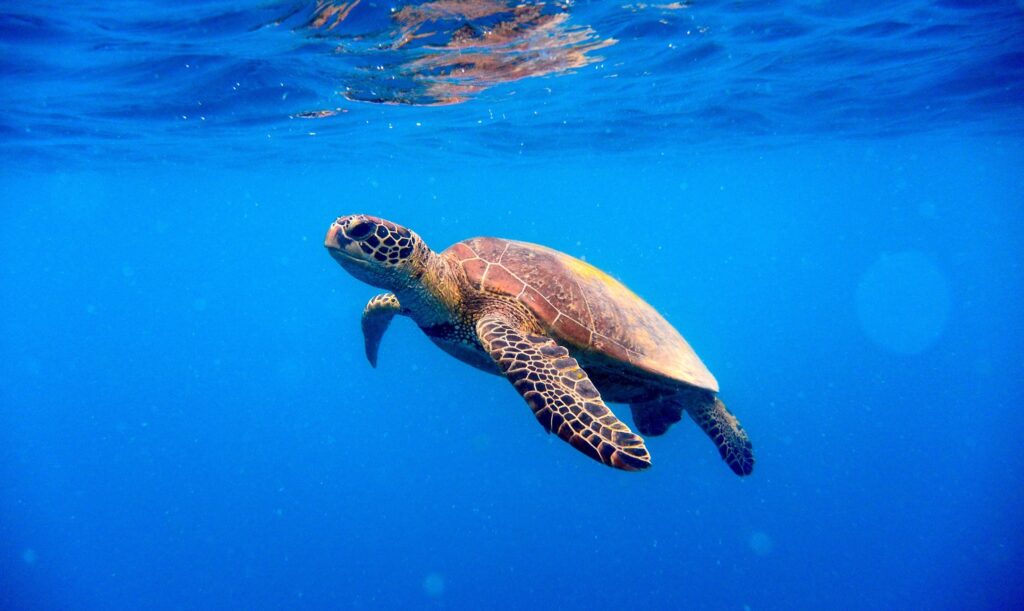Table of Contents
ToggleIntroduction

The fascinating world of reptiles encompasses many creatures, each with unique characteristics and habitats. Turtles and tortoises often spark curiosity and interest among these reptiles, but their differences might soon be apparent. What Is The difference between turtles and tortoises both belong to the order Testudines and share some common traits, yet they diverge in various aspects, from their habitats to physical attributes and behaviors. Understanding these differences sheds light on their distinct adaptations and lifestyles.
Morphological Differences
One of the key differences between turtles and tortoises is their physical characteristics. Turtles, known for their aquatic tendencies, have streamlined and webbed feet, aiding in swimming. Their shells are lighter and more streamlined, facilitating movement through water. In contrast, tortoises, primarily land-dwellers, possess feet adapted for terrestrial movement, often with stubby and sturdy legs, and their shells are generally heavier and more dome-shaped, protecting predators.
Habitat And Behavior
Habitat preferences greatly distinguish turtles from tortoises. Turtles predominantly inhabit aquatic environments such as oceans, rivers, and ponds, showcasing adaptations for swimming and diving. They spend a considerable portion of their lives submerged in water, emerging on land primarily for nesting.
Conversely, tortoises are terrestrial creatures, favoring dry land and arid habitats like deserts and grasslands. Their sturdy limbs and domed shells allow them to navigate rough terrains and withstand harsh environmental conditions, while their behavior revolves around burrowing and basking under the sun.
Dietary Variances
Dietary habits vary significantly between turtles and tortoises due to their distinct habitats. Turtles are omnivorous or carnivorous, consuming a wide range of food such as insects, fish, plants, and algae. Their varied diet aligns with their adaptive behavior in aquatic environments.
On the other hand, tortoises primarily follow a herbivorous diet, feeding on vegetation like grasses, fruits, and succulents. Their digestive systems are adapted to break down fibrous plant matter, a necessity in their predominantly land-based existence.
Reproduction And Life Cycle
Reproduction and life cycles differ between turtles and tortoises. Turtles usually lay their eggs on sandy beaches or dig nests on land, exhibiting nesting behaviors tied to their aquatic lifestyle. The sex of the hatchlings is greatly affected by the nest’s temperature.
In contrast, tortoises lay eggs in shallow burrows, often in dry and sandy areas. The incubation period and environmental factors impact the development of the offspring, with some species displaying longer lifespans and slower growth rates compared to turtles.
Conservation Concerns And Human Interactions
Both turtles and tortoises face numerous threats due to human activities, including habitat destruction, illegal trade, and pollution. Several species are listed as endangered or threatened, necessitating conservation efforts and protective measures to ensure survival.
Human interactions with these creatures vary widely, from turtle sanctuaries and rescue centers focused on rehabilitation to tortoise conservation programs aimed at preserving their natural habitats. Educating communities about the importance of these reptiles in ecosystems is crucial for their long-term conservation.
Shell Structure And Purpose
Turtles have lighter, more streamlined shells that aid in swimming. Their shells are flatter and more hydrodynamic, allowing them to maneuver efficiently in water. In contrast, tortoises possess heavier and domed shells that protect predators in their terrestrial habitats. These shells, while robust, hinder swimming capabilities, reflecting their adaptation to land-based living.
Feeding Behavior
Turtles exhibit a diverse range of dietary habits based on their aquatic lifestyle. Some species are primarily carnivorous, feeding on fish, insects, and crustaceans, while others are omnivorous, including plant matter in their diets. Their ability to forage underwater and on land contributes to this varied diet.
Conversely, tortoises are predominantly herbivorous, feeding on vegetation such as grasses, fruits, and cacti. Their specialized digestive systems enable them to process fibrous plant material efficiently, which is essential for survival in arid environments.
Limb Adaptations
Turtles possess webbed feet or flippers that aid in swimming. These limbs are streamlined and equipped for navigating aquatic environments, allowing turtles to propel themselves effectively through water.
Tortoises have robust, sturdy legs designed for walking on land. Their feet are typically columnar and adapted for traversing various terrains, including rocky areas and deserts. These adaptations facilitate their movement across the ground, aiding in burrowing and seeking shelter.
Behavioral Differences

Turtles, being more aquatic, spend a significant portion of their lives in water. They exhibit behaviors such as basking on logs or rocks and nesting on sandy shores or beaches. Some species undertake extensive migrations between freshwater and marine habitats for feeding or nesting.
Tortoises are more terrestrial, relying on burrows for shelter and regulating body temperature. They bask in the sun to raise their body temperature and retreat into caves to avoid extreme heat or cold. Their movements are typically slower-paced compared to turtles due to their terrestrial lifestyle.
Habitat Preferences
Turtles predominantly inhabit aquatic environments, including oceans, rivers, lakes, and ponds. They thrive in fresh and marine habitats and have adaptations that allow them to regulate their buoyancy and navigate underwater.
Tortoises prefer dry, terrestrial habitats such as deserts, grasslands, and scrublands. They are well-adapted to arid conditions, capable of conserving water, and enduring prolonged periods without access to freshwater sources.
Conservation Challenges
Threats to the survival of turtles and tortoises are numerous. Habitat destruction due to urbanization, pollution, climate change, and illegal trade for exotic pets or traditional medicine are among their primary challenges. Several species are categorized as endangered or critically endangered, necessitating urgent conservation measures to prevent their extinction.
Conclusion
While turtles and tortoises share a common ancestry and belong to the same order, their distinct evolutionary paths have led to remarkable differences in their habitats, physical traits, behaviors, and diets. Understanding these variations enriches our knowledge of these fascinating reptiles and highlights the importance of conservation efforts to safeguard their existence for future generations. Understanding the nuanced differences between turtles and tortoises helps us appreciate the diversity in nature and the remarkable adaptations these creatures have developed to thrive in their respective environments.







